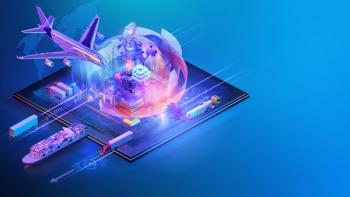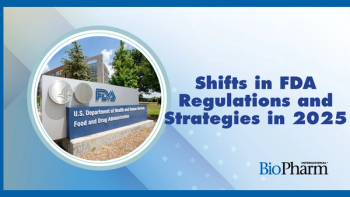
Manufacturers Face Challenges in Developing New Antimicrobials
FDA is joining with other federal health agencies and the biomedical research community to advance the science, regulatory policies, and reimbursement strategies to support innovation in antimicrobials.
The critical need for new medicines to combat infectious diseases that fail to respond to current medical treatment is prompting FDA to join with other federal health agencies and the biomedical research community to advance the science, regulatory policies, and reimbursement strategies to support innovation in this area.
Unfortunately, significant obstacles have curbed industry investment in developing new antimicrobials. Clinical trials are costly and complex, and efforts to develop monoclonal antibodies and peptide therapeutics, along with complex non-traditional antibiotics, pose manufacturing challenges. Financial issues raise further hurdles, as new antimicrobials need to be used sparingly to remain effective against lethal pathogens. Current payment and coverage policies for new drugs, however, encourage widespread use of the product to generate a sufficient return on investment, making it difficult for companies sponsoring research on new treatments for infectious disease to realize sufficient returns on investment.
The Pew Charitable Trusts
To address this crisis, FDA commissioner Scott Gottlieb announced a 2019 Strategic Approach for Combatting AMR (antimicrobial resistance) at a meeting September 14, 2018 organized by Pew. The plan includes policies and programs to encourage development of new drugs, diagnostic tests and vaccines; to promote responsible stewardship of antimicrobials in animals and humans; to improve surveillance of antimicrobial use and resistance; and to advance research for developing new tools, standards, and policies in this area.
The initiative includes a
To advance regulatory science in this area, the Office of Antimicrobial Products in the Center for Drug Evaluation and Research (CDER) has requested input from stakeholders on science initiatives likely to spur development of new antimicrobial products. In June, FDA issued draft guidance to help manufacturers utilize the Limited Population Pathway for Antibacterial and Antifungal Drugs (LPAD) in developing new therapies. The program was authorized by the 21st Century Cures Act but has been challenging for both sponsors and FDA to implement.
In addition, the Center for Biologics Evaluation and Research (CBER) is promoting development of non-traditional alternatives to small-molecule drugs, including bacteriophages, live biotherapeutics, and fecal microbiota for transplant. CBER also is
Reimbursement critical
Key to spurring innovation in this field is to devise new reimbursement strategies to support the development of products that would be prescribed and used on a highly limited basis. At the Pew conference, Gottlieb
These models, along with add-on payments for new antibacterials that meet public health needs, may be tested in pilot programs or demonstrations that involve FDA and the Centers for Medicare and Medicaid Services (CMS). Other health and research agencies may participate, such as the Gates Foundation, the Center for Medicare and Medicaid Innovation, and the Biomedical Advanced Research and Development Authority (BARDA), along with insurers and payers.
Newsletter
Stay at the forefront of biopharmaceutical innovation—subscribe to BioPharm International for expert insights on drug development, manufacturing, compliance, and more.





